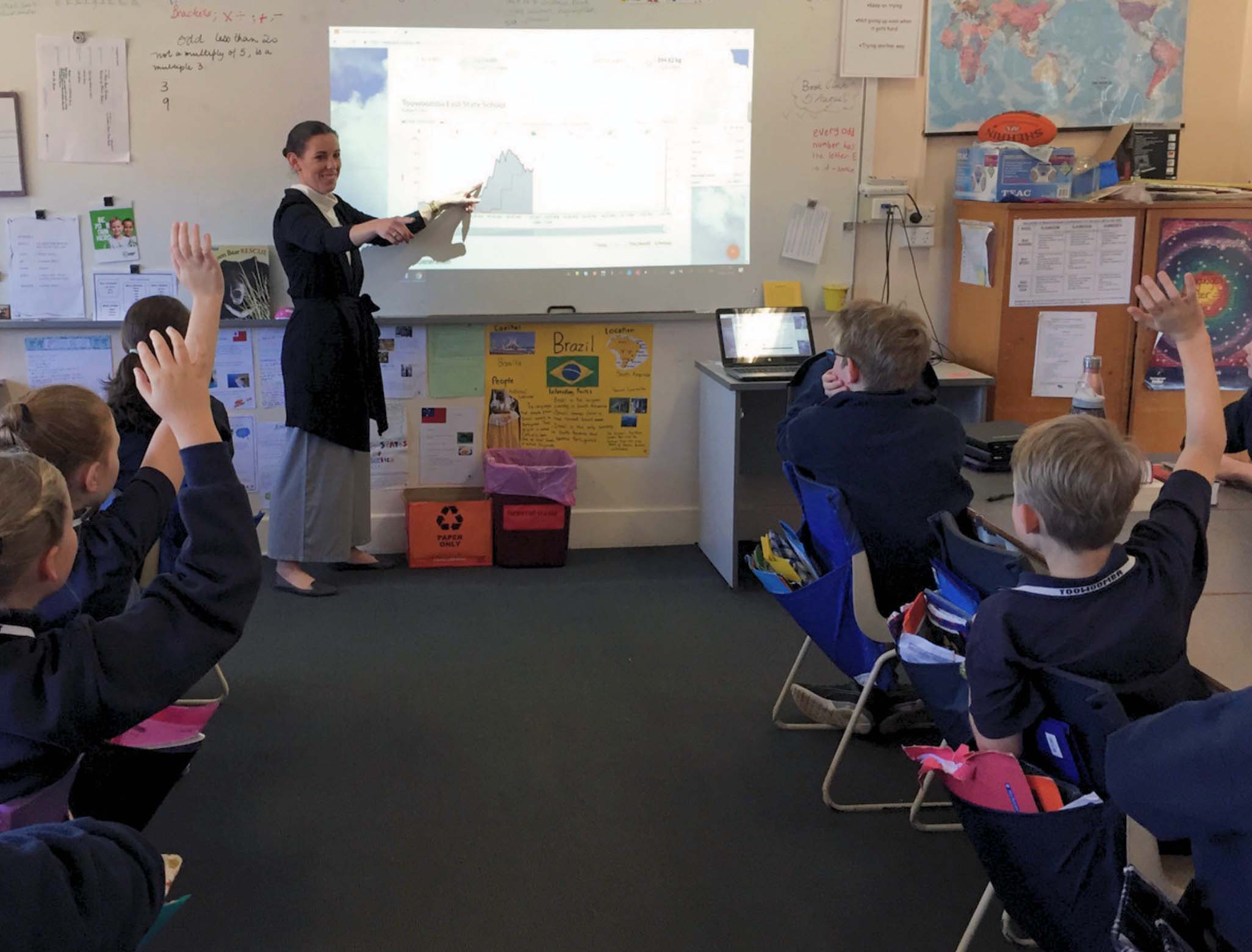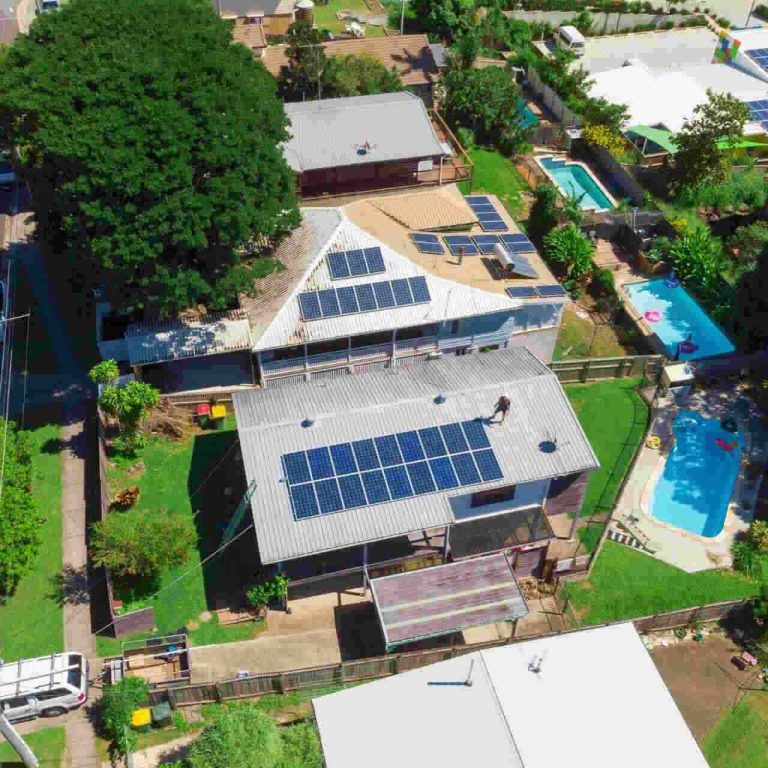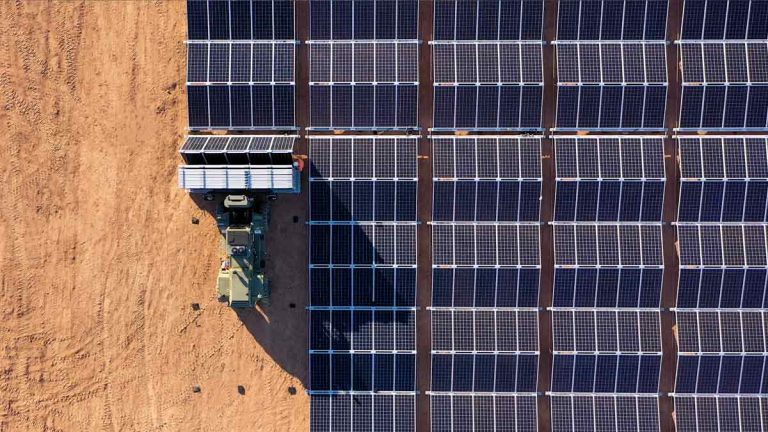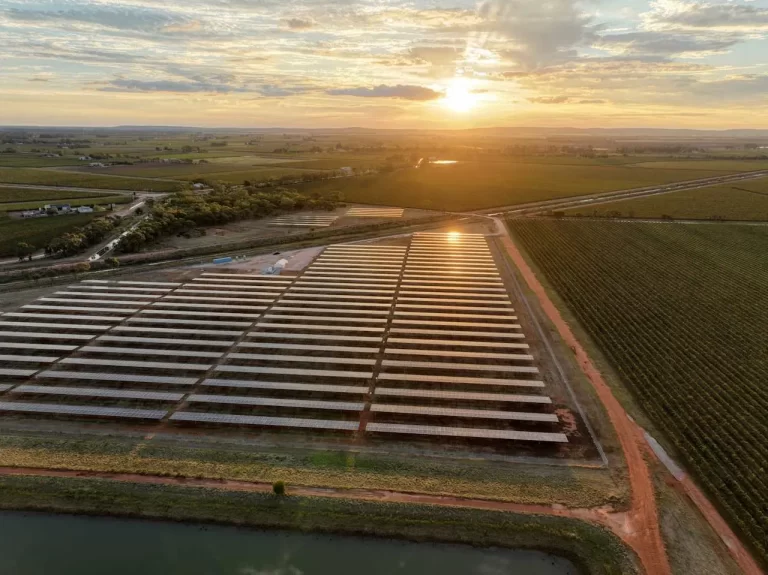Empowering Next Gen: Solar Schools Combat Rising Energy Use
In 2002, Rob Bruer took on the task of monitoring the energy consumption of 10 Queensland schools equipped with one-kilowatt solar panels donated by Stanwell Power. At that time, solar installation did not benefit from government subsidies, and the cost of a kilowatt system was around £50,000, as shared by Bruer on the SwitchedOn podcast. The experience left him amazed by the schools’ energy usage.
Despite the initial project being somewhat comical, it sparked a realisation in Bruer and his colleague Mark Stenhouse about the importance of educating individuals on energy usage, especially within school environments. They recognised the need to empower students with the knowledge to make informed decisions about energy consumption.
Empowering Children for a Sustainable Future
Bruer highlighted the significance of schools as a substantial source of carbon emissions due to the large number of students present daily. The Solar Schools initiative aims to enhance energy literacy among children, enabling them to actively participate in determining their school’s energy sources and usage patterns. This includes decisions such as setting optimal temperatures for heating and air conditioning systems.
Impact of Solar Schools Initiative
Through Solar Schools, students have been able to identify and address energy wastage within their schools effectively. For instance, one school managed to save £2,000 monthly on its power bill by switching off devices on standby mode at the end of each day. Additionally, students at a South Australian school voted to adjust the heating thermostat, resulting in significant energy savings.
In 2023, the 600 schools involved in the Solar Schools programme collectively generated 62 gigawatt hours of solar energy. Out of this, 44 gigawatt hours were utilised internally, while 17 gigawatt hours were exported to the grid. This initiative helped avoid the emission of 45,000 tons of CO2 and saved taxpayers approximately £7.8 million.
Despite the success in reducing emissions and costs, Bruer noted that energy consumption in schools continues to rise annually due to the growing reliance on technology. The integration of devices such as laptops, tablets, digital whiteboards, and various educational technologies has led to a substantial increase in power usage.
One of the challenges faced by public schools is the centralised negotiation of energy contracts at the government level, limiting individual schools’ ability to manage their energy consumption effectively. Moreover, the lack of energy literacy among teachers poses a barrier to educating students about energy efficiency.
Solar Schools aims to expand the adoption of solar energy in schools, although the process is more complex for certain institutions. While private schools have found ways to benefit financially from solar installations, government schools face limitations, such as the absence of feed-in tariffs.
Bruer advocates for a nationwide initiative to equip every school with solar panels and batteries, integrating energy education into the curriculum. By recognising the pivotal role of schools in the energy transition, governments can drive significant change towards a sustainable future.
To listen to the full interview with Rob Bruer, tune in to the SwitchedOn podcast.






29.jpg)